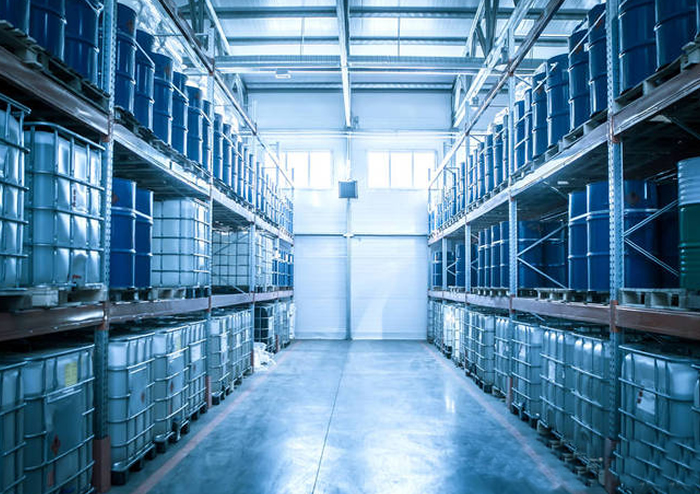The same type of preparation has different preparation methods, and the dosage and actual effect are also different. The selection of preparation methods is mainly based on the characteristics, addition methods, and basic functions of mineral preparations. Next, let's learn about how mineral processing reagents are prepared in production and manufacturing.
1. It is prepared into 5%~10% aqueous solution. Most preparations that can be dissolved in water are safe to use this method (such as xanthate, water glass, Copper(II) sulfate).
2. Prepare with organic solvent. There are some formulations that are insoluble in water and can be dissolved in special organic solvents. For example, Baiyao is not soluble in water, but can be dissolved in 10% to 20% aniline aqueous solution. Only after preparing a mixed aniline aqueous solution can it be safely used.
3. Prepare into solution or Emulsion. Some insoluble solid preparations can be prepared into Emulsion for use. If the solubility of lime in water is very small, it can be ground with water to form an emulsion solution (such as lime milk).
4. Emulsification. The emulsification methods of mineral processing agents include mechanical equipment for strong mixing, or ultrasonic emulsification. After emulsification of fatty acids and diesel, they can enhance their dispersion in the slurry and enhance their properties. Adding emulsifiers is more reasonable. Emulsifiers (alkylaryl sulfonates) can be used as emulsifiers for many surface active ingredients in water, such as lactol oil and diesel.
5. Aerosol method. This is also a new type of preparation method to enhance the efficacy of preparations. Its essence is to use a special type of spray device to atomize the preparations in the gas medium and directly add them to the flotation cell. Therefore, it is also called "aerosol flotation method".
6. Electrochemical cleaning of formulations. In the aqueous solution, the chemical cleaning of the beneficiation reagent by DC power supply can change the state of the reagent itself, the pH value of the aqueous solution and the oxidation Reduction potential value. In order to achieve the goal of increasing the concentration value of active formulation components, increasing the critical state concentration value for producing colloidal particles, and improving the dispersion degree of insoluble formulations in water.
|
Previous:Method for distinguishing the quality of foaming agents
Next:Commonly used inhibitors in mineral processing reagents |
Return to list |
Recommended news

Foaming agent is a kind of surfactant that can reduce the surface tension of water to produce foam, so that the air bubble in the f…

The same type of preparation has different preparation methods, and the dosage and actual effect are also different. The selection …